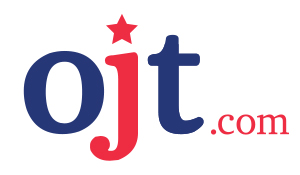Late last week, President Trump signed an executive order overhauling the governments hiring practices. Which currently lag far behind that of private-sector leaders in skills and competency-based talent acquisition processes. Tripling down on his commitment to expanding employment opportunities for American workers.
The 2018 National Council for the American Worker and the American Workforce Policy Advisory Board, led to the creation of the landmark Industry-Recognized Apprenticeship Programs. That has initiated the increased adoption of apprenticeship programs by American employers.
With 2.1 million civilian workers, the federal government is the nation’s largest employer.
Friday’s executive order directs federal agencies to shift from vetting job candidates based largely on their educational credentials and written questionnaires.
Shifting towards utilizing assessment methods. That will more directly determine a candidate’s knowledge and skills to do the job.
The government isn’t eliminating the college requirement in its entirety. But will stress skills and competency over credentials. In jobs where formal education is less important.
The aim of this executive order is to ensure that the individuals most capable of performing the roles and responsibilities required of a specific position. Are those hired for that position.
These merit-based reforms seek to expand opportunity and create a more inclusive 21st-century economy.
The Office of Personnel Management (OPM) oversees most aspects of the civilian Federal workforce.
Which including creating and maintaining the job classification system. Plus, determining the duties, responsibilities, and qualification requirements for Federal jobs.
OPM has been given 180 days to strategize and prepare before the executive order goes into effect.
Now more than ever, on-the-job-training and apprenticeship programs should be used to put people back to work at scale.
Technological advancements in learning management software make it easy to develop, manage, and track large numbers of training employees.
As we rebound from COVID-19, with over 20 million unemployed Americans eager to get back to work, and on-the-job-training may be the solution.
Valuing skills and competencies over education in skills-based occupations. Will help to expedite getting our unemployed workforce back to work.


